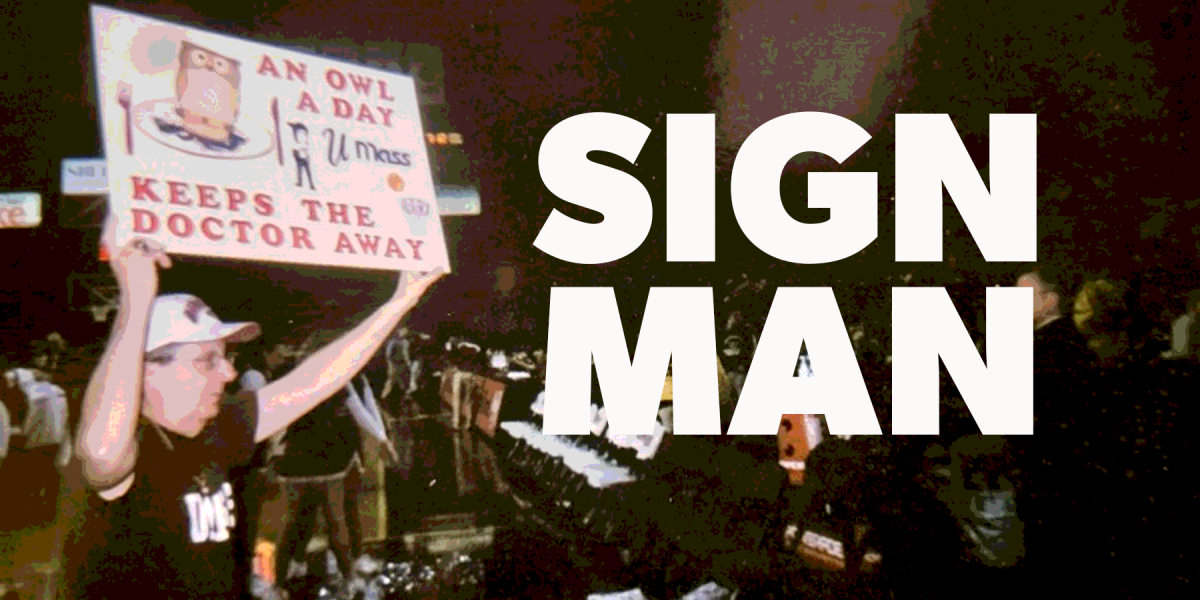
Who is Jim Carrey?
The answer to that question may not be as simple as you’d think.
You may think you know Carrey from hit films like “The Mask,” “Dumb and Dumber,” “Ace Ventura: Pet Detective” and the critically acclaimed “The Truman Show.” But what answer does that leave us with? Should we end the search there and ascribe that identity to Carrey as Wikipedia does – as a “Canadian-American actor, comedian, impressionist, screenwriter and producer?”
You can and probably will identify him as such, just as so many of us do; however, upon further discovery, you may find the answer is not so cut and dry; that is, if there even is an answer at all.
We embark on this quest for an answer in “Jim & Andy: The Great Beyond” by filmmaker Chris Smith (of “American Movie” fame). The documentary is a meta-study on the filmmaking process, alternating between present-day interviews with Carrey and never-before-seen behind-the-scenes footage of the making of Miloš Forman’s film “Man on the Moon.”
In Forman’s 1999 film, Carrey plays eccentric, bohemian comic and actor Andy Kaufman. Carrey claims it was not him who played Andy Kaufman, but rather, the deceased Andy Kaufman himself who tapped Carrey on the shoulder to make a movie sharing the story of his life.
On why the behind-the-scenes footage of Carrey channeling Andy Kaufman only surfaced 18 years after “Man on the Moon,” Carrey explains: “Universal [Pictures] didn’t want the footage we took behind the scenes to surface so that people didn’t think I was an asshole.”
Yet it’s already too late to think Carrey was or is a complete jerkwad. In the documentary, we learn of the various antics Carrey, or should I say, Kaufman, employed on the film set to have as authentic of a performance as he could, turning reality on its head like Kaufman did in his time on the stage and on television. In fact, according to Carrey’s chauffeur, on the drives to and from his residence, Carrey would stay in character as Kaufman, not once responding to “Jim,” just as he did on the set of the film. “What happened after was out of my control,” the 2017 incarnate Jim Carrey said.
Carrey’s performance was so authentic, essentially a facsimile of Kaufman, that Kaufman’s family came to the set at various points during the making of the 1999 film to see and communicate one more time with their long deceased, treasured Andy.
Furthermore, we learn in the documentary that Kaufman had a child out of wedlock who only discovered her father was Andy Kaufman when she saw him on the hit sitcom “Taxi” in the late 1970s and early 1980s, but never had the chance to meet him. She did, however, come to the set of “Man on the Moon,” meeting Carrey as Kaufman in what was a poignant moment that one could not fake. Isn’t that counterintuitive though, that Carrey in costume and makeup, pretending to be Kaufman, met Kaufman’s daughter in what was a profound encounter?
Jim Carrey has played a swath of different types of characters in the movies he’s starred in, yet he states every character he portrayed was a manifestation of the emotional state he was in at that moment in his life.
In “The Truman Show,” Carrey played a man whose entire life was broadcasted on TV, viewed by millions. How different is that from Carrey vanishing from obscurity into film stardom after starring in three hit films in 1994 alone?
Additionally, in preparation for 2004’s “Eternal Sunshine of the Spotless Mind,” director Michel Gondry sensed Carrey’s sorrows, begging him not to “get well” so Carrey’s character could be genuine. “That’s how f**ked-up this business is,” Carrey said. It is the pain which real life Carrey bore that enabled a breathtakingly forlorn artistic performance.
Pablo Picasso once said that art “washes away from the soul the dust of everyday life.” Yet we learn in “Jim & Andy: The Great Beyond” that art is life, that gives us meaning and purpose, not simply an escape from it.
In fact, at one point in the documentary, we see on-set footage of “Man on the Moon” director Forman calling “Andy” over, asking him to do another take of a scene, in which Carrey (as Kaufman) ironically retorts: “I don’t need to make a movie” despite that being the sole reason for Carrey to be on set working with Forman.
Carrey (or was it Kaufman?) was right.
The movie was right there, playing itself out regardless of if the camera was on, just like the movie of our everyday lives is playing at this very moment, regardless of who’s watching.
Ben Tuval can be reached at [email protected]


















